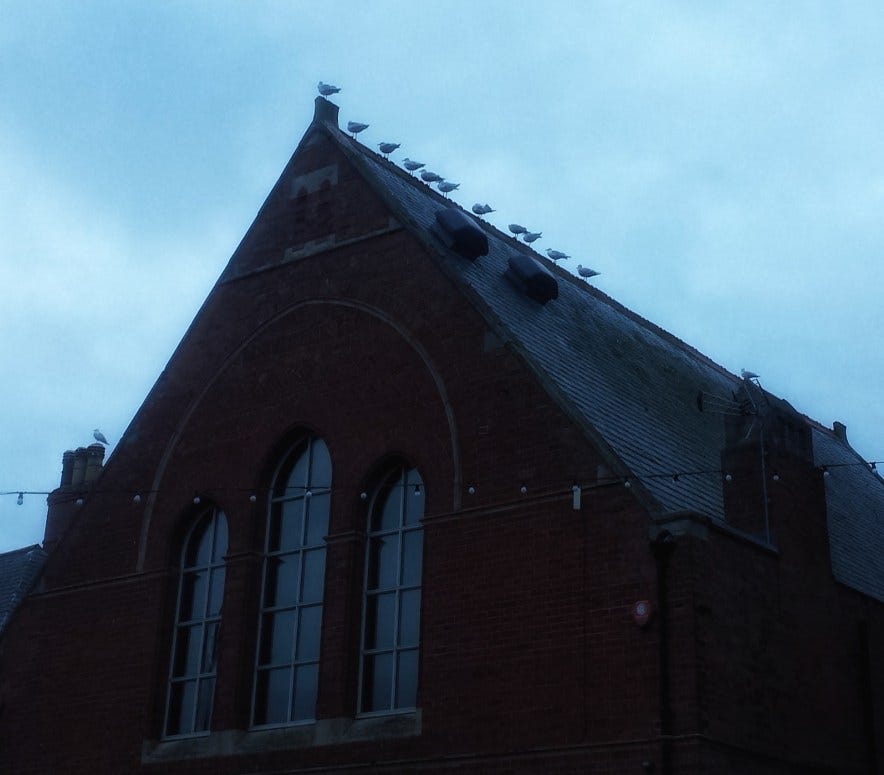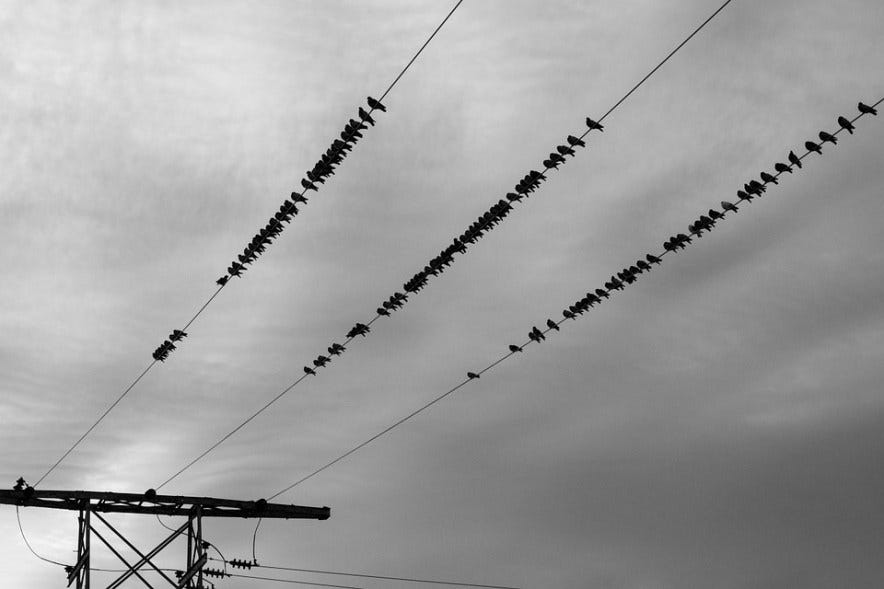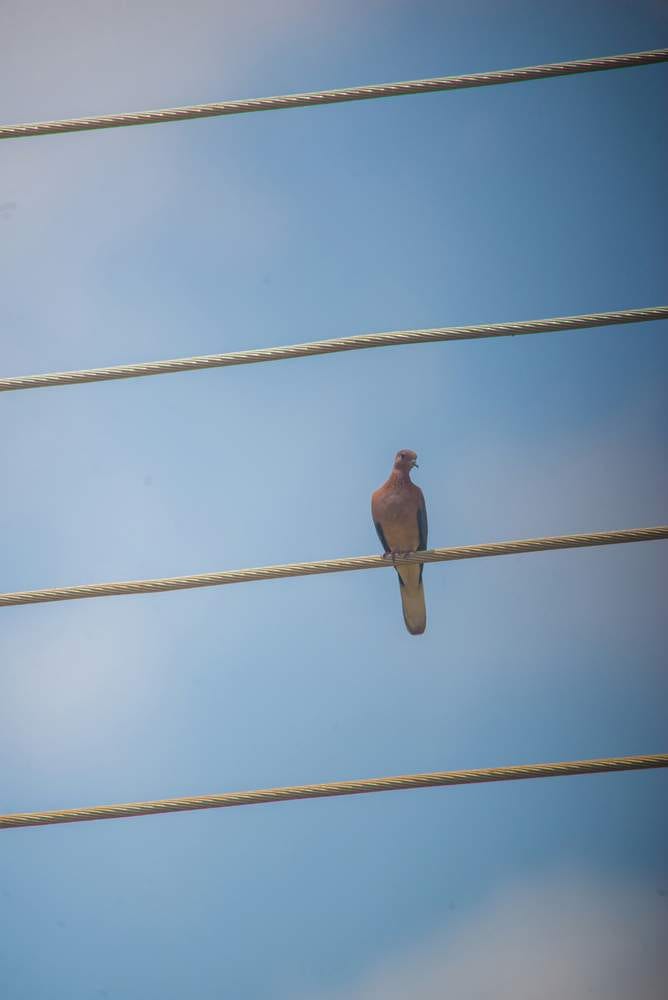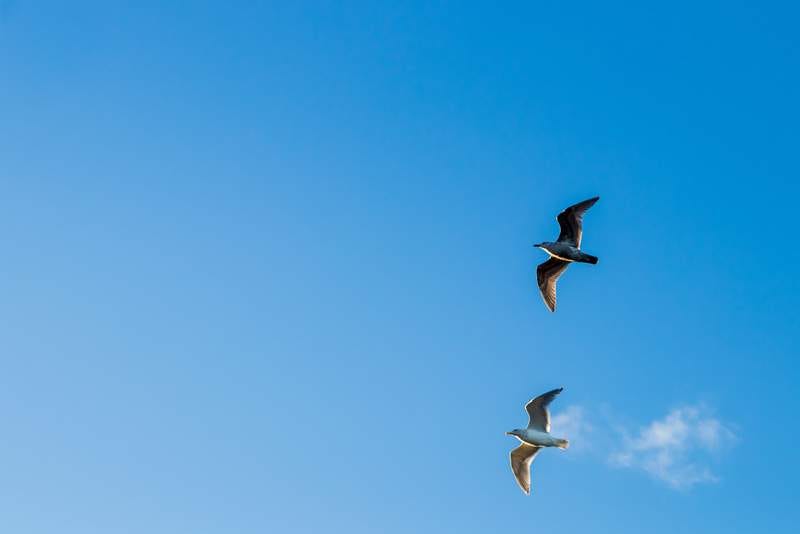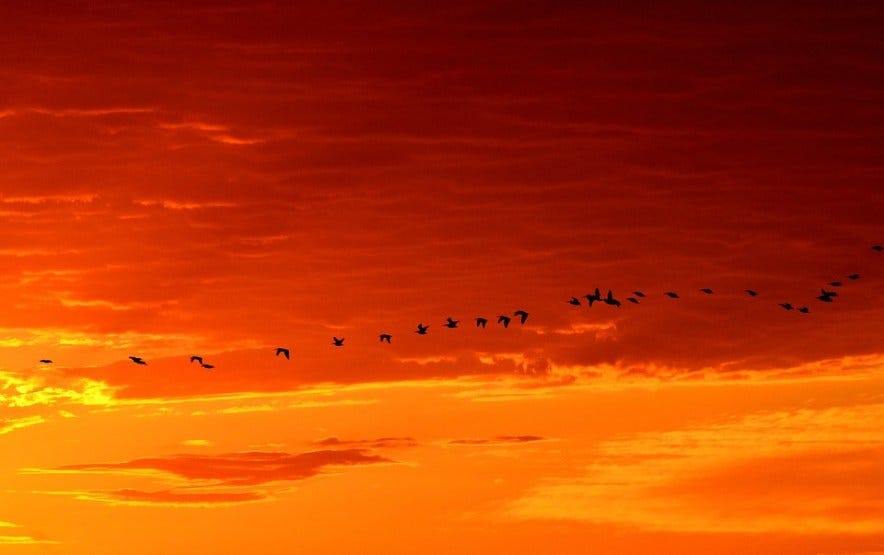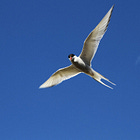Hi! This is Everything Is Amazing, a romp through the sciences in search of something you’ve never known you didn’t know. Today, a quick story from this season’s main theme, that vast sea of air we live at the bottom of - and this time, we’re peering up from ground level. It’s a cold, grey day in East Yorkshire in 2017: a grit-your-teeth day, as the cold nips at exposed flesh and drifting rain savages hairstyles, soddens eyebrows and makes everyone grumpy. It’s mid-afternoon. The high street is nearly empty, and the gulls have taken over. They festoon the roof of the Methodist church in an interesting way – and for a change I decide to pay attention. For starters, why are they all pointing the same way? Unfortunately I have no idea how birds work. Despite my late father being an avid ‘twitcher’, and despite being a proud member of the RSPB’s Young Ornithologist’s Club (now known as the Wildlife Explorers), I’m mostly clueless. I know they flap, and have feathers. I know certain types of them found at British seaside resorts will steal your chips/fries if you’re not paying attention. And I know they’re distantly related to dinosaurs. (Update: not so distantly!) But that was about it. In fact, as my research in a local library uncovered that afternoon, birds are supremely useful to long-distance walkers. Here’s four way how. 1. THE POINTING THINGGenerally speaking, perched birds point into the wind. It’s the best position from which to take flight, and it stops their feathers getting ruffled the wrong way (which is probably supremely irritating, but also vents precious heat in cold weather). It also may have something to do with being able to communicate better. A human analogy here is useless: we’d turn away from the wind to chat to each other. But bird ears aren’t external like ours, so maybe they don’t suffer that roaring sound that makes us shout “EH?” at each other like we’re elderly Canadians. Anyway, that’s the best guess from the world of bird science. Here’s how it’s useful to walkers: it turns birds into a useful substitute for weathervanes - except working in reverse. Too close to the ground to tell which way the wind is blowing (or trying to spot a weather wind?) Simple: look at where the birds are pointing. That’s where the wind is coming from! 2. THE NOT-GOING-BANG THINGEvery looked at a bird perched on a power-line and thought, “how are you still alive, tiny dude?” The answer is, birds can take it – and so could we, if we did it right. The next few paragraphs comes firmly under the category of Never, Ever Try This For Yourself, Not Ever, WAIT I Saw You Consider It Just Then, So You’re On A Verbal Warning, Please, Just No In Every Way. No. In essence, birds avoid going *BANG* because they have both feet on the power line. Electricity is the flow of electrons from one state of electrical potential to another. On the wire, everything is at the same state – and the electrons don’t flow. No flow = no electricity. We human beings get electrocuted by wires because we’re usually touching something else, most commonly the ground, which earths us into flaming, fizzing destruction by creating a current that flows through us with catastrophic results. If we create a current, we’re dead. Birds don’t, so they’re not. Some power-line engineers actually use helicopters to do repairs, to avoid touching the ground. It’s still insanely dangerous work, with the added thrill of huge metal blades whirling a few feet above your head, bobbing up and down with every gust of wind… I’ll pass, thank’ee. (A fascinating update via my friend Dave: “The bird remains charged up like a capacitor after being on the lines and if they touch something that is earthed or go and land on the ground straight after they can still get a fatal shock.” 3. THE HIGH-FLYING THINGYou probably know that on clear, calm days, birds take to the air and ascend to great heights, warbling and chirping happily and making everyone feel like everything’s going to be OK. They’re able to do that because of air pressure. Birds have a tiny pressure receptor in their ear called the paratympanic organ, and it’s highly sensitive to changes in atmospheric pressure. When you see birds circling high in a blue sky, that probably means the bird’s inner ear is deliciously pain-free, the pressure is stable, and the weather’s going to stay clear. Yay! But if they’re staying close to the ground, the pressure is changing, and probably causing them pain – a kind of atmospheric hangover. They stay low to minimise the pressure gradient they have to fly through. If that’s happening in good weather, you can bet foul, wet weather is rapidly approaching. And if there are no birds at all? 4. THE RUNNING-AWAY THINGThanks to their amazing sensitivity to infrasound - very, very low-frequency sounds - combined with their awareness of changing air pressure, it’s possible that birds can sense (or even hear!) storms approaching from days and days away – and alter their flight patterns accordingly! In 2014, golden-winged warblers in Tennessee all scarpered en-masse, just before a huge storm front barrelled in and thrashed the landscape with a total of 84 tornadoes. Once the bad weather had moved on, the warblers all came back. So – can’t see any birds at all? Well, maybe forget walking. Start running. BONUS! Check out this gorgeous piece of music composed from birds sat on power-lines: 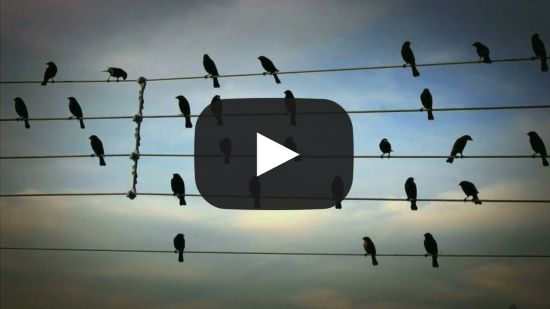 (Hat-tip to medical herbalist Suzi Richer for the link.) And for some truly jaw-dropping bird science, see… Images: Christina Brinza; Greg Rosenke; Mike Sowden. |
